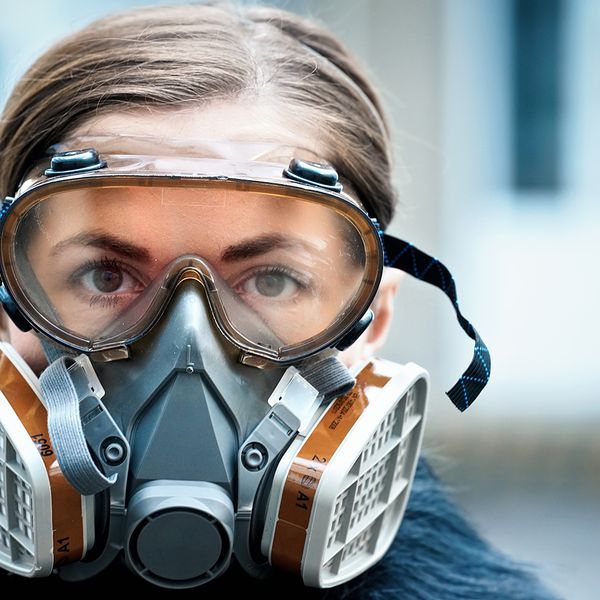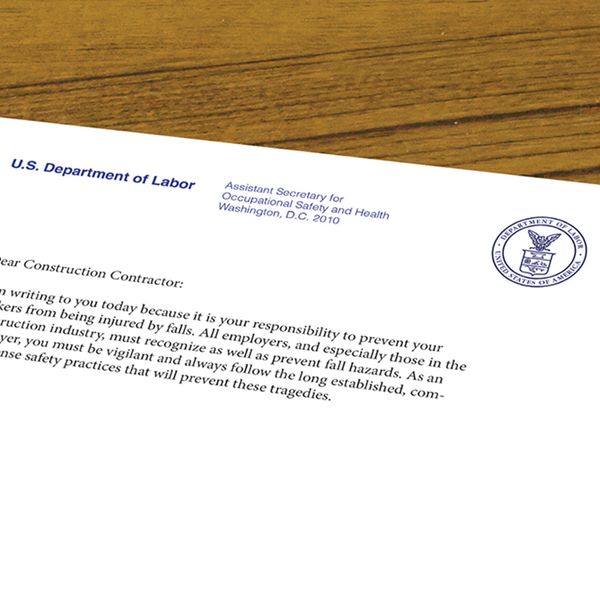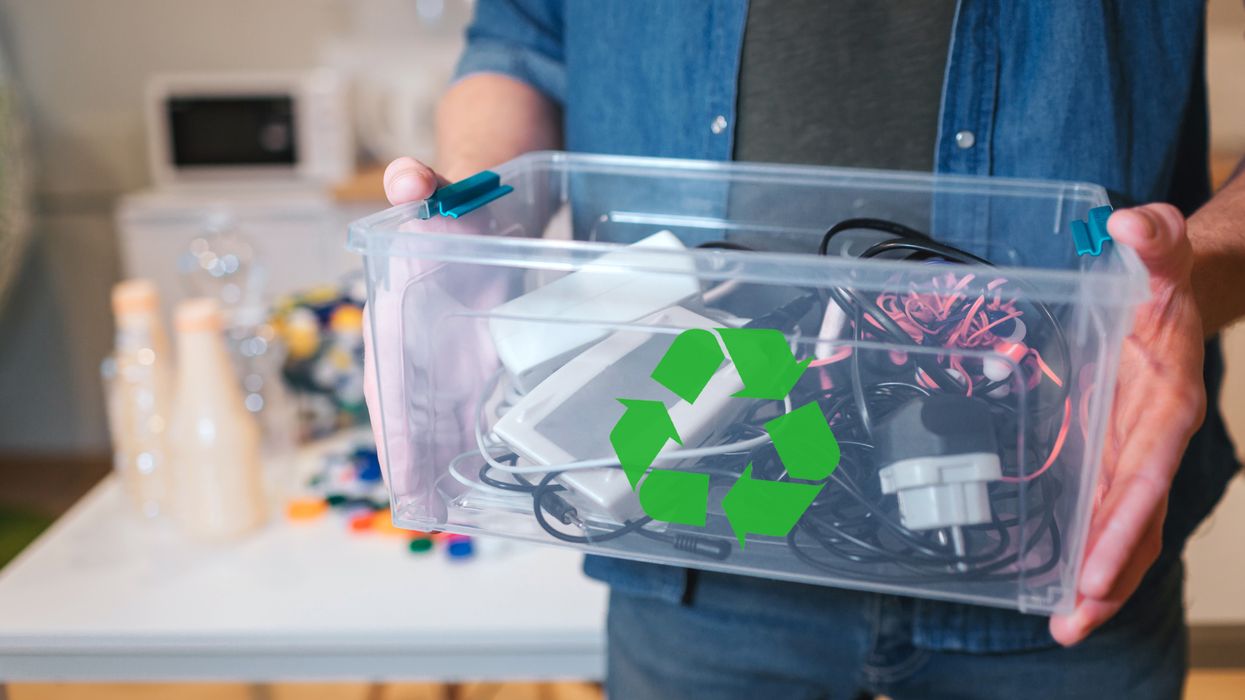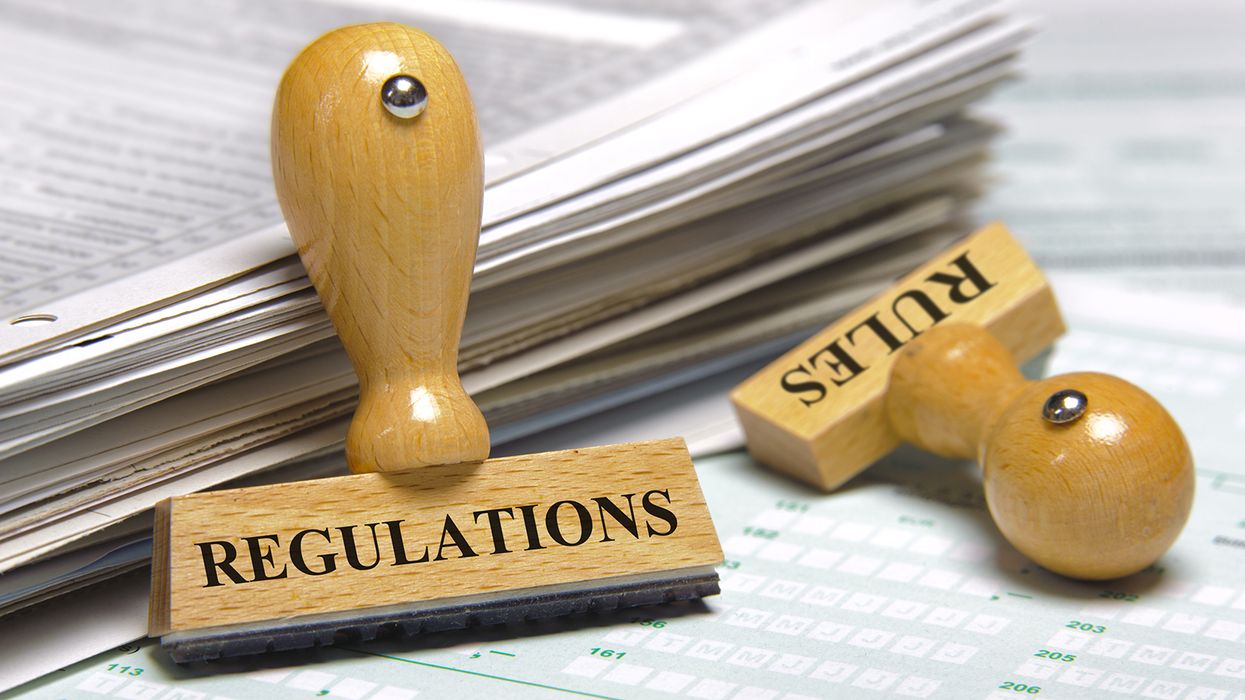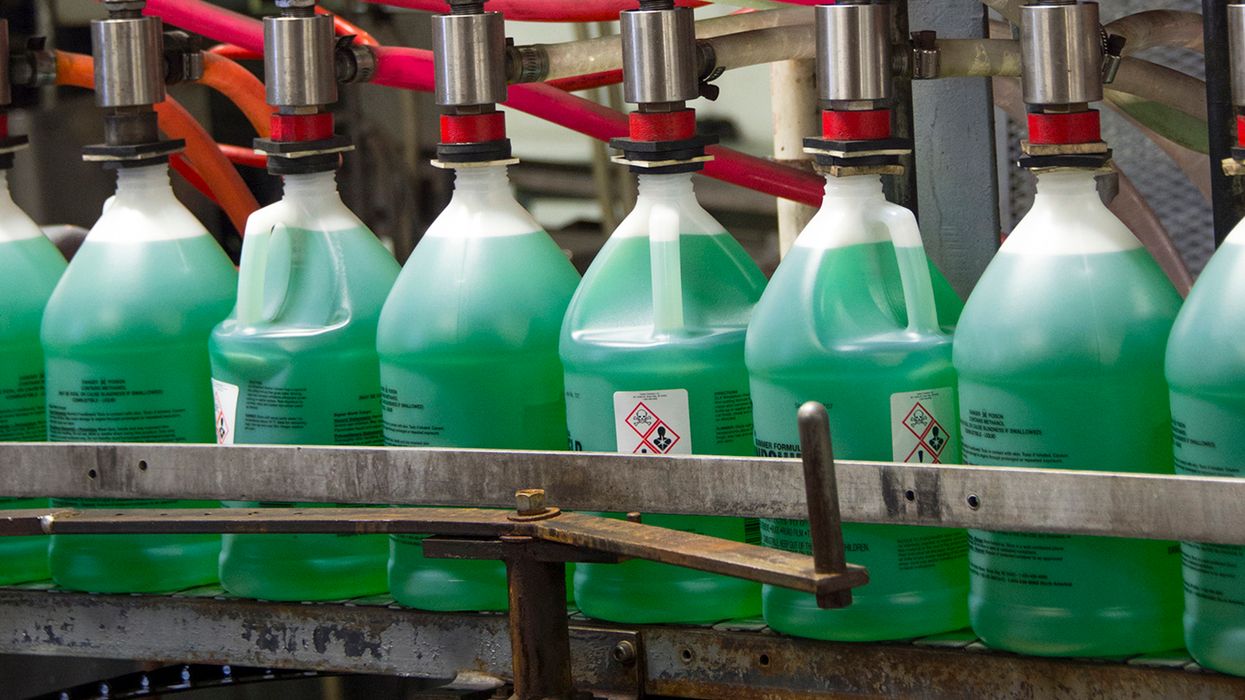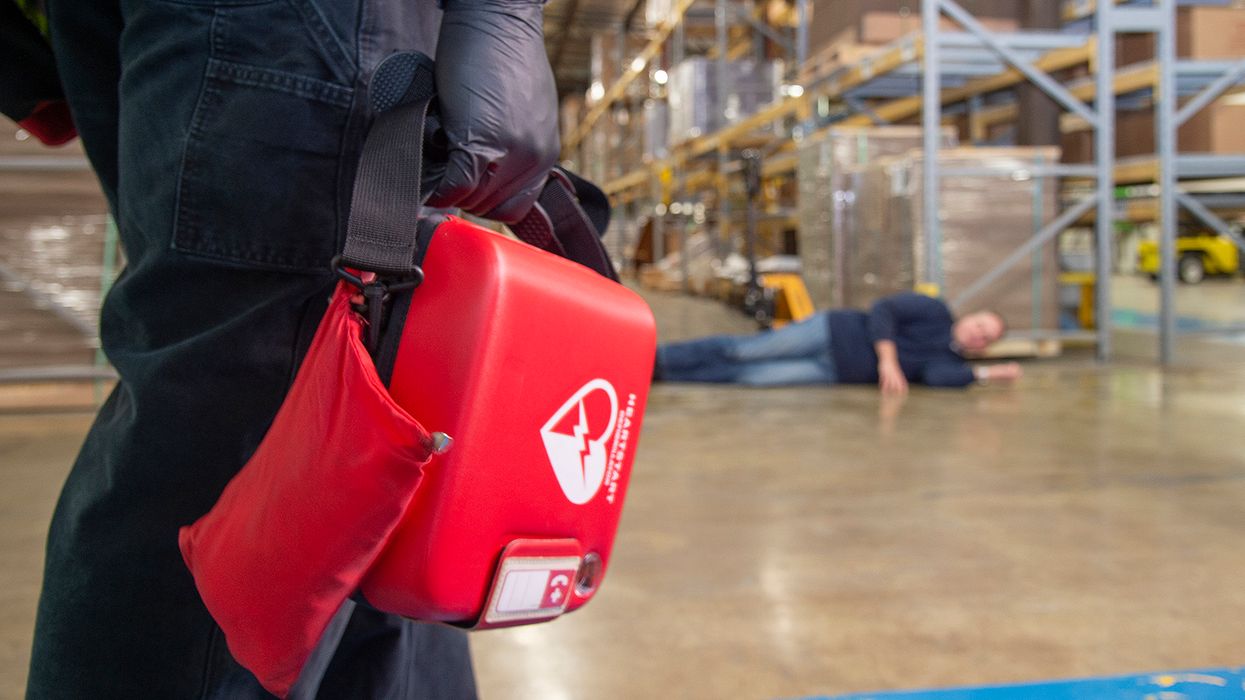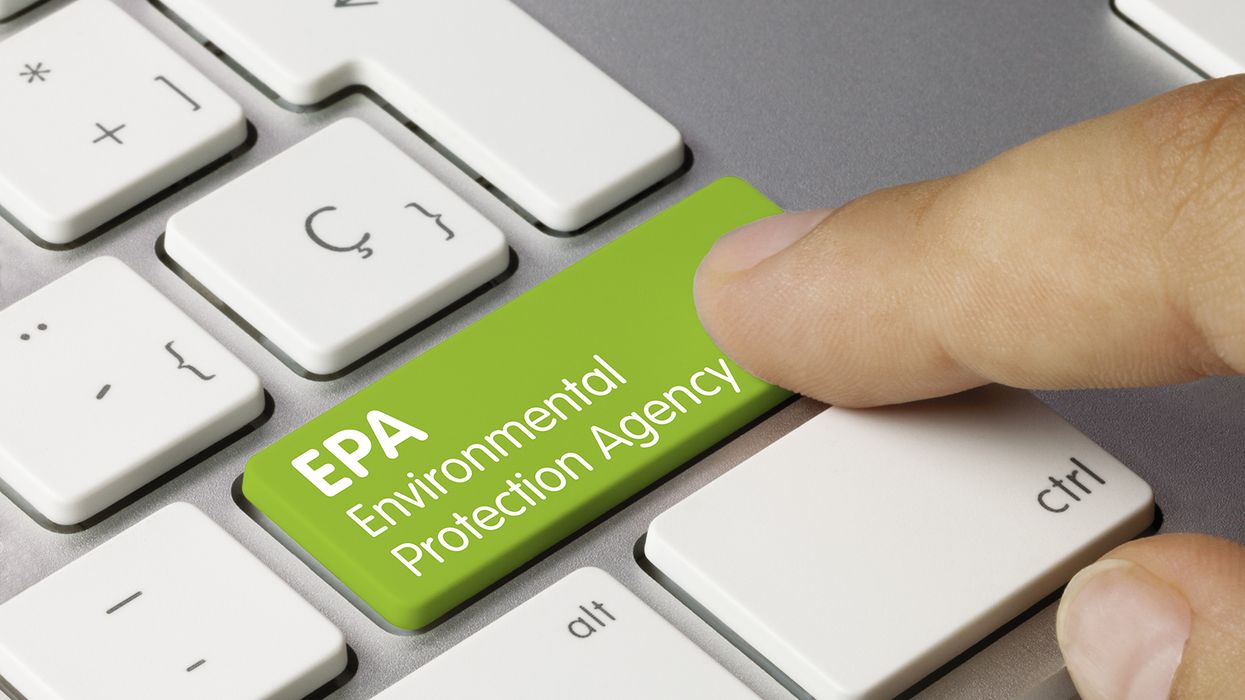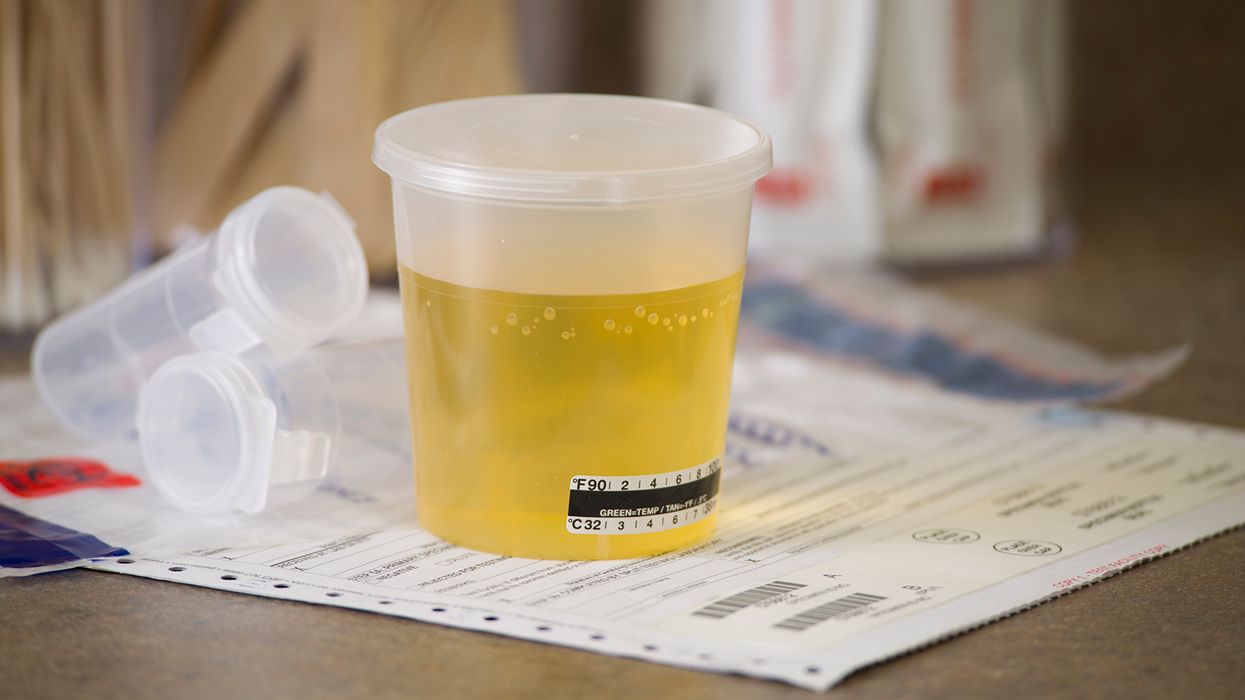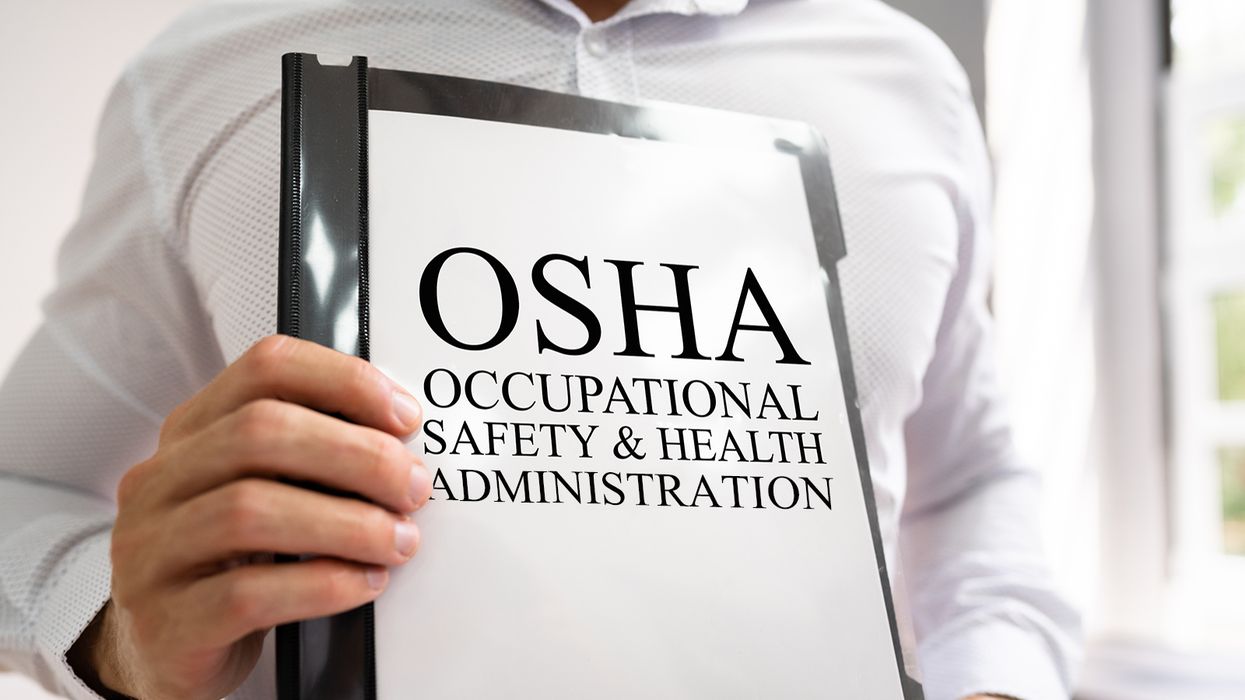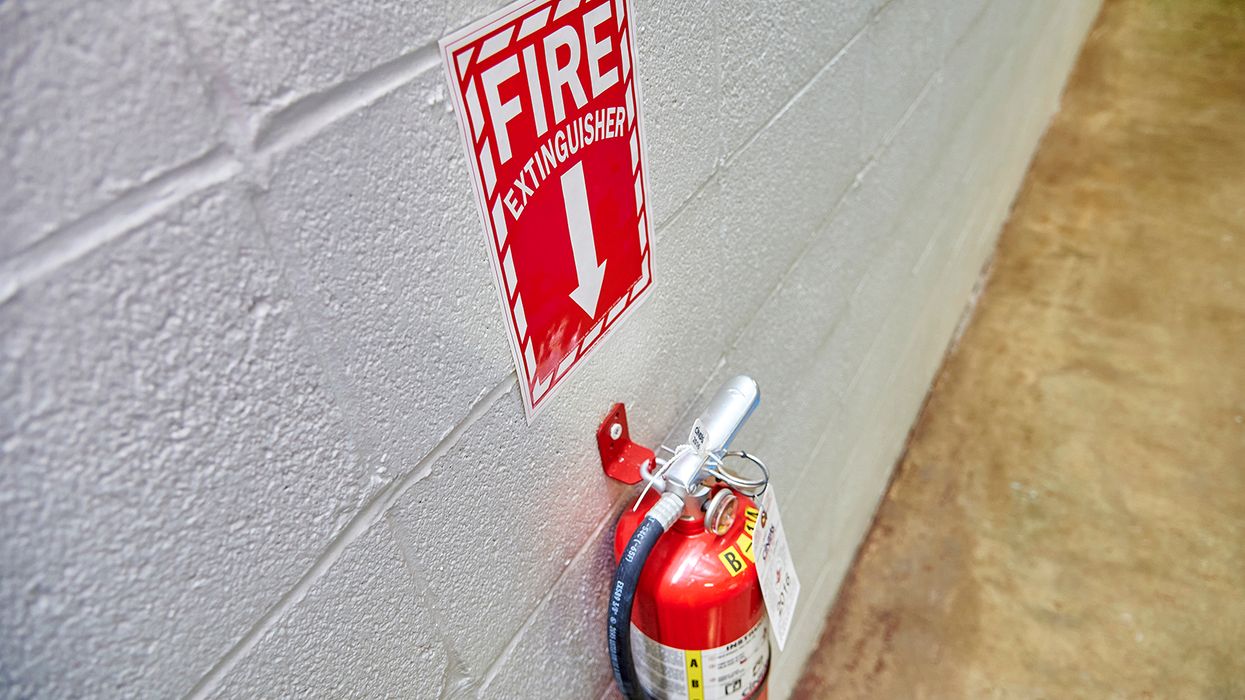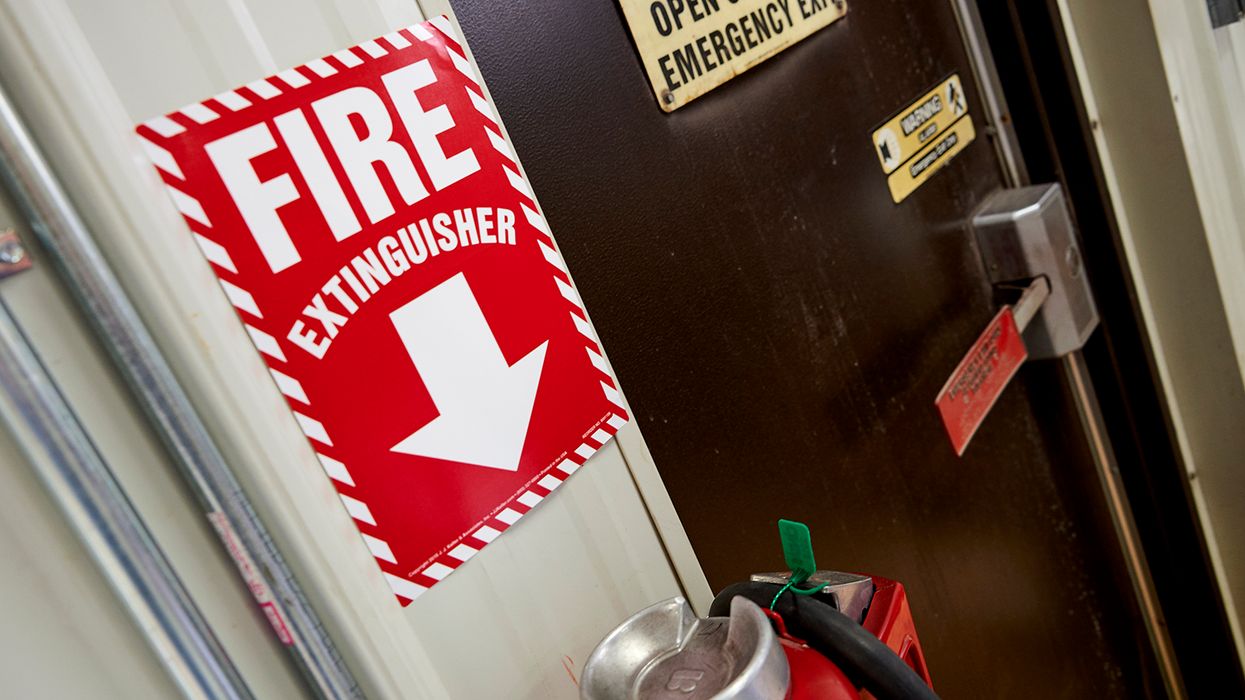Just the facts! New OSHA pubs address lithium-ion batteries, workplace violence, more
OSHA issued several new fact sheets in the last few months, ranging from lithium-ion battery safety to workplace violence and more. These publications don’t create new regulations or obligations, but rather provide guidance and information on specific topics.
Lithium-ion battery safety
Lithium-ion batteries supply power to a variety of products we use every day, from smart phones to laptops to electric vehicles. An increase in manufacturing and industrial use of these batteries requires an understanding of the safety and health hazards they pose, and how to protect workers from those hazards.
OSHA’s fact sheet (OSHA FS 4480) is directed towards facilities that manufacture lithium-ion batteries, items that include installation of the batteries, energy storage facilities, and facilities that recycle lithium-ion batteries. It describes the battery’s components; potential, chemical, and safety hazards; safety by design; establishing a safety and health management system; hazard controls; training; OSHA standards; and consensus/industry standards and programs.
Workplace violence
Workplace violence is a growing concern for employers and employees nationwide. It can range from threats and verbal abuse to physical assaults and homicide, one of the leading causes of job-related deaths. Although there’s no OSHA standard that addresses workplace violence, the General Duty Clause of the Occupational Safety and Health (OSH) Act requires employers to provide employees a place of employment free from recognized hazards that are causing or are likely to cause death or serious physical harm.
This fact sheet (OSHA FS 3509) explains who’s most vulnerable to workplace violence (e.g., lone workers, delivery drivers, visiting nurses, retail workers), what employers can do to help protect employees, how employees can protect themselves, and what employers should do following a workplace violence incident.
Safety in semiconductor manufacturing
Semiconductors are used in a range of devices we use every day, from personal computers to smartphones to cars. Due to rapid changes in the semiconductor industry, manufacturing processes and their associated hazards may change completely every few years, making hazard assessments challenging. Common hazards may include exposure to solvents, acid and caustic solutions, toxic metals, and radiation.
Safety in Semiconductor Manufacturing discusses the importance of establishing a safety and health management system, common industry hazards, hazard controls, training, EPA requirements and industry consensus standards, and OSHA standards.
Protecting personally identifiable information (PII)
Establishments that meet certain size and industry criteria must electronically submit case-specific injury and illness data from their OSHA 300 log to OSHA using the agency’s secure Injury Tracking Application (ITA). The data is used to analyze occupational injuries and illnesses and hazardous conditions in workplaces and is made available to the public.
OSHA minimizes the collection of workers’ PII (e.g., name, address, social security number, etc.) during this process and takes steps to ensure data protection. This fact sheet (OSHA 4388) explains what PII is, how establishments can avoid submitting PII through the ITA, and how OSHA protects worker privacy during the collection process.
Whistleblower protection
Employees may file a complaint with OSHA concerning a hazardous working condition at any time. Under the Occupational Safety and Health (OSH) Act, it’s illegal for employers to retaliate against employees who do so. This fact sheet (OSHA 3812) outlines employee protections and explains “adverse actions,” how to file a whistleblower complaint and the deadline for doing so, and what happens once OSHA investigates the claim.
Occupational safety and health for federal employees
Although private employers most often come to mind when we think of OSHA coverage, federal employees also are covered by OSHA regulations. This fact sheet (OSHA 4470) describes what Executive Branch agencies must do to protect the safety and health of federal employees, as well as federal employees’ rights and protections under OSHA.
Key to remember: Employers can look to OSHA’s newly published fact sheets for information and guidance on lithium-ion batteries, semiconductors, workplace violence, PII and whistleblower protections, and how OSHA applies to federal employees.






